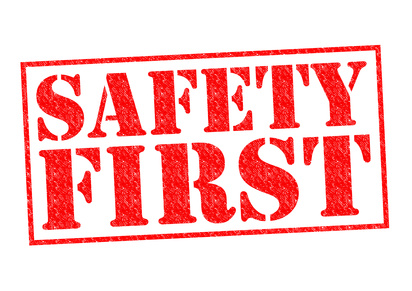Extreme Camping- Safety Briefing

The most important thing is that you and the team you are with return safely from your camping trip!
Camping in the Extreme Zone means rugged terrain, remote location and extreme weather.
You need to be prepared to cope when things get rough, and have the right kit to keep you safe.
CHECK THE AREA
- Check there are no sharp rocks or sticks on the ground and move them if necessary..
- Check for overhanging branches that are rotten or could break off and land on your tent.
- Never pitch your tent close to a water source that could flood
- Check for potential avalanche areas
- If possible find a sheltered area to protect from wind and driving rain
- Ensure tent lines are securely fixed and not going to be easily tripped over
- Be mindful of animal tracks nearby that mean wildlife round be venturing around your camp
There are numerous hazards over, under and around potential pitches for your tent.
COOK AND EAT SAFELY
- Store food in airtight containers whenever possible to stop attracting insects
- Cook away from tents as they can burn easily and ensure smoke and fumes drifts away from open tents
- Ensure fire or stoves are well out and cool before moving or leaving unattended
- Do not leave food on the floor and bag up leftovers so it doesn’t attract wild animals
- Purify water correctly by boiling, filtering or chemical treatments when required
- Try to ensure you food for the day is not frozen when you need to eat it
Make sure you know how to store food, and cook safely when camping
CONTACT
- Consider taking a GPS beacon, sat-phone or radio in remote regions
- Ensure someone knows where you are going, and when you expect to be back
- Leave a copy of you plans with local police or authorities if required/possible
- Keep paper copies of any medical conditions or medications you have with you
Remote locations make contact with civilisation difficult
WEATHER AND ENVIRONMENT
- Ensure you have all the clothing and equipment you need to all eventualities
- Keep warm, never allow yourself to get too cold, it can lead to rapidly deteriorating health
- Research local conditions before you go, prepare for the worst scenarios
- Be alert around water courses during rainfall, be prepared for floods
- Watch for avalanche areas or areas at risk of crevasses
- Always have a back up plan if a piece of equipment fails
- Remember your environment can be dangerous, take care and extra precautions
Extreme locations can mean extremely volitile conditions
Professional Training: Nothing can compare to professional training delivered by qualified trainers who can carefully guide you through how to safely learn and practice the required techniques in a controlled environment.
Medical Advice: Before taking part in a new sport or activity you should consult your doctor or other healthcare worker to identify any potential risks to your wellbeing. This is particularly important if you are pregnant, elderly, suffered previous injuries, suffering from a long term medical condition, or disabled. Whilst these conditions do not preclude you from taking part in most activities, getting advise can help you adapt to suit your individual needs.

